If you’re a coffee lover, exploring unique blends can be a delightful adventure. Each blend offers distinct flavors and aromas, taking you on a journey around the world. Whether you prefer bold, rich notes or subtle, fruity undertones, there’s a blend waiting to be discovered. Dive into these unique coffee blends and elevate your coffee experience.
Great Wall of China
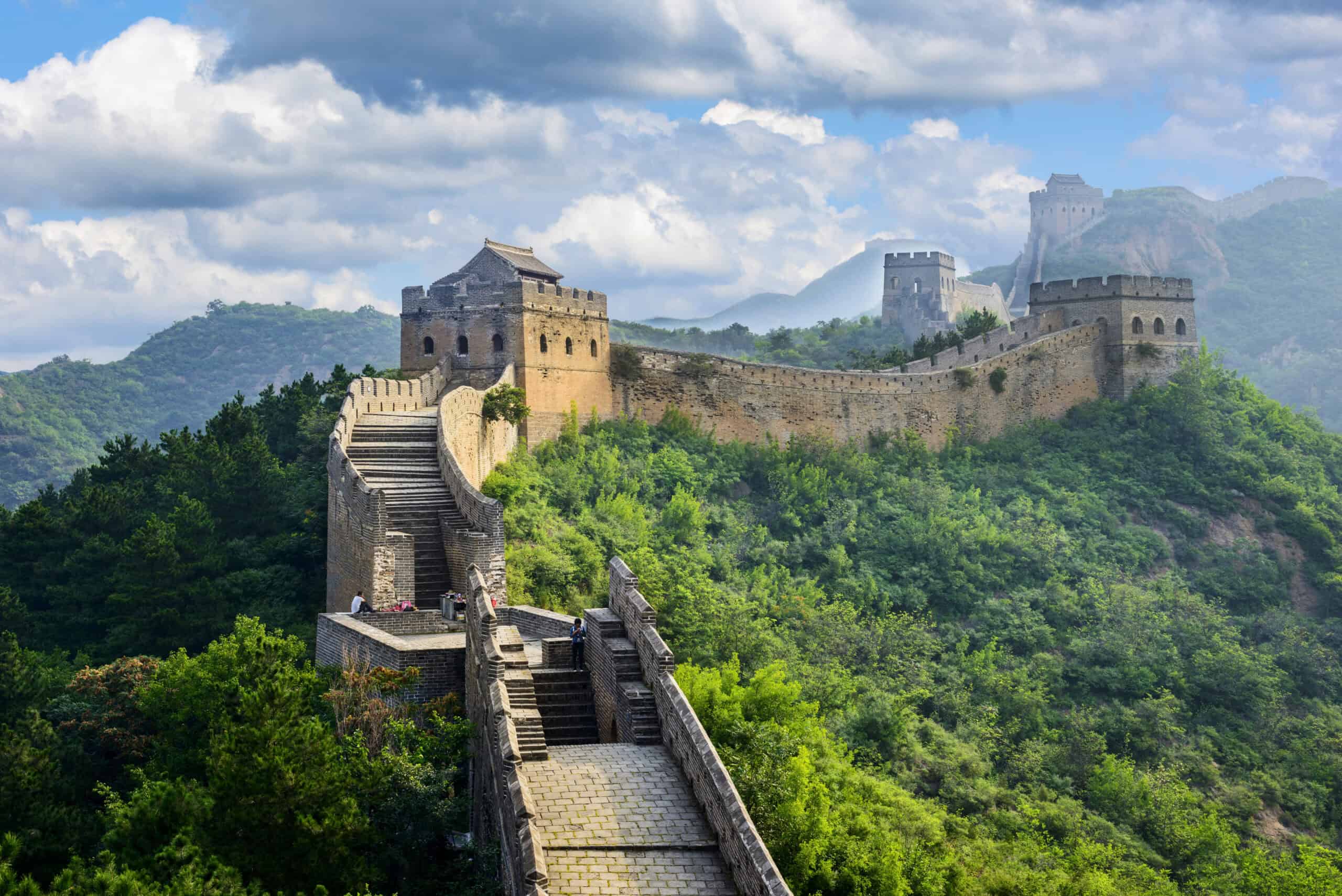
The Great Wall of China stretches over 13,000 miles, weaving through rugged mountains, dense forests, and arid deserts. Constructed primarily from stone, bricks, and earth, it features imposing watchtowers and fortifications that rise majestically against the skyline. This ancient structure was built to protect Chinese states from invasions and raids, showcasing the engineering marvels of various dynasties. Millions visit each year to walk along its path and admire the breathtaking views.
Machu Picchu, Peru
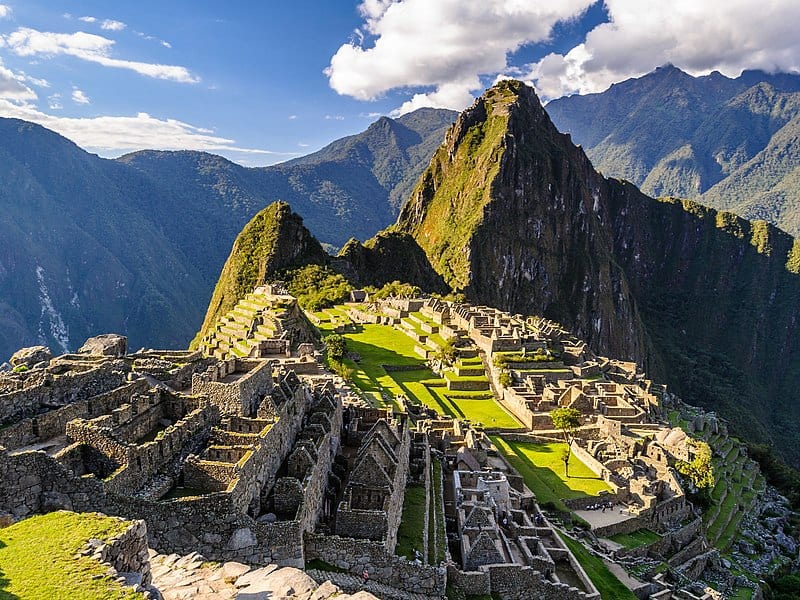
Machu Picchu, perched high in the Andes Mountains, is an ancient Incan citadel shrouded in mystery and beauty. Its stone structures, terraced fields, and elaborate stairways blend into the lush, green terrain, affording stunning views of the neighbouring hills. Rediscovered in 1911 by Hiram Bingham, it remains one of the most iconic archaeological sites in the world. The site is famous for its advanced engineering and architectural techniques, which have withstood the test of time. Visitors marvel at the precision-cut stone walls and the harmonious integration with nature.
Taj Mahal, India
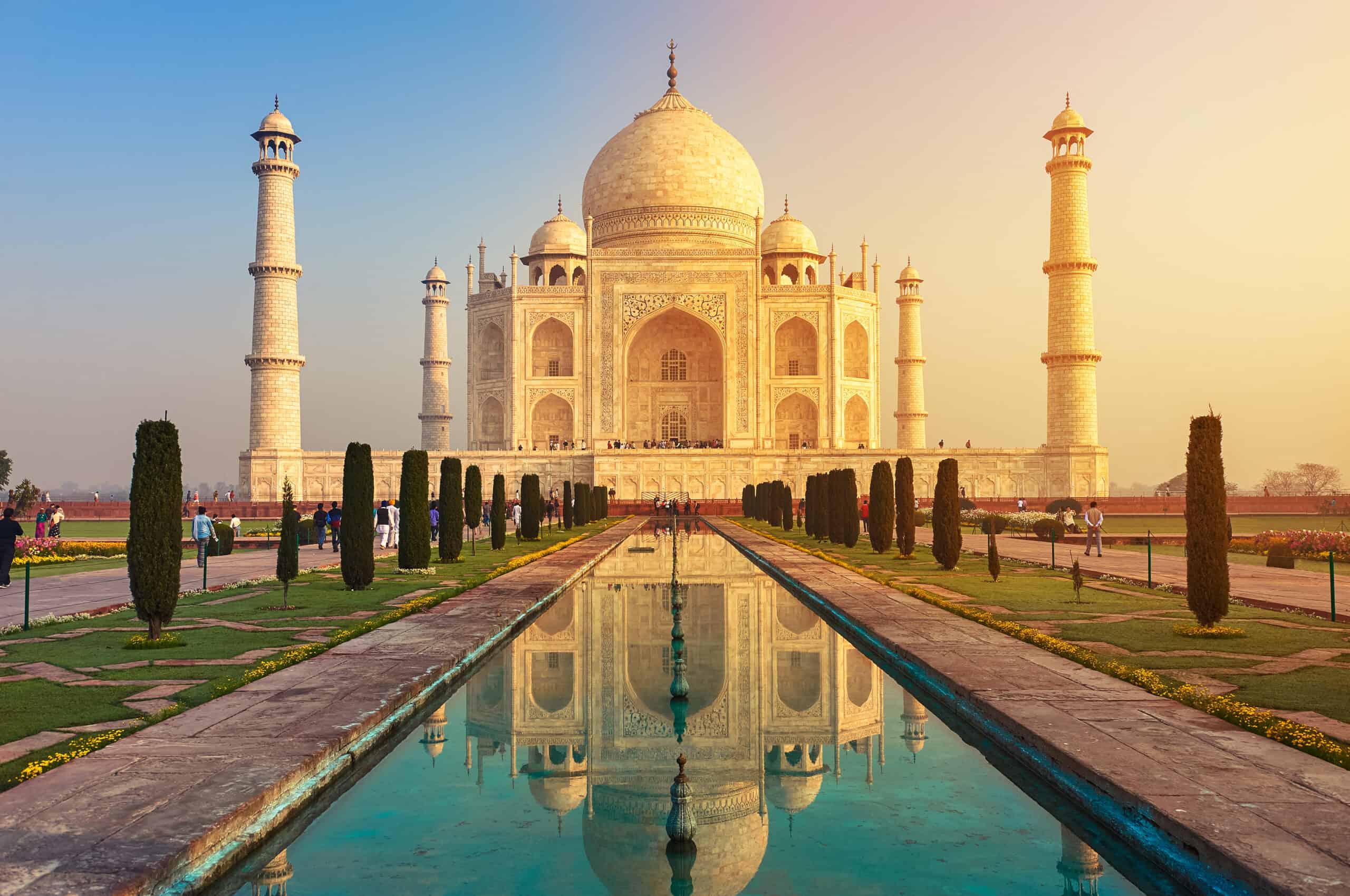
The Taj Mahal in Agra, India, is an exquisite marble mausoleum built by Emperor Shah Jahan in memory of his beloved wife, Mumtaz Mahal. Its gleaming white façade, adorned with intricate carvings and semi-precious stones, reflects in the shimmering pools that surround it. The iconic domes and minarets create a stunning silhouette against the sky, epitomizing Mughal architecture. The meticulously maintained gardens and the play of light on its surface during sunrise and sunset add to its allure.
Pyramids of Giza, Egypt
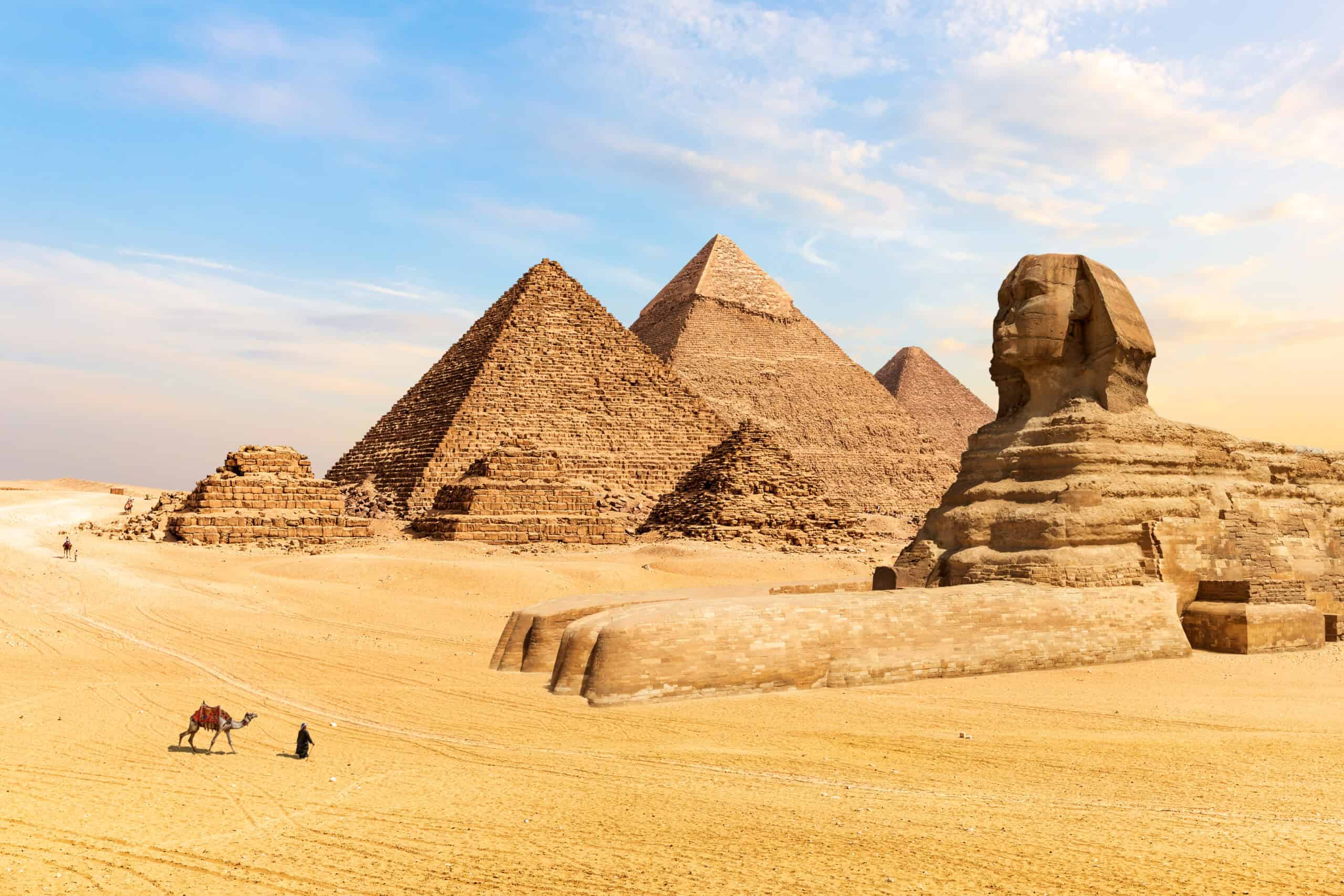
The Pyramids of Giza, towering on the outskirts of Cairo, are monumental tombs built for the Pharaohs Khufu, Khafre, and Menkaure. Constructed from millions of limestone blocks, these ancient structures have stood for over 4,500 years, captivating the world with their precise engineering and mysterious origins. The Great Sphinx, a colossal limestone statue with a lion’s body and a human head, guards these pyramids. Famed for their grandeur and historical significance, the pyramids are a testament to ancient Egypt’s architectural prowess and cultural richness.
Eiffel Tower, France

The Eiffel Tower, an iconic symbol of Paris, soars 1,083 feet into the sky, crafted from iron latticework. Designed by Gustave Eiffel for the 1889 Exposition Universelle, it offers panoramic views of the city from its observation decks. At night, it dazzles with thousands of sparkling lights, adding to the romance of the Parisian skyline. Renowned for its architectural brilliance and aesthetic appeal, the Eiffel Tower is a must-see landmark. This timeless structure embodies the spirit of innovation and elegance that defines Paris.
Colosseum, Italy
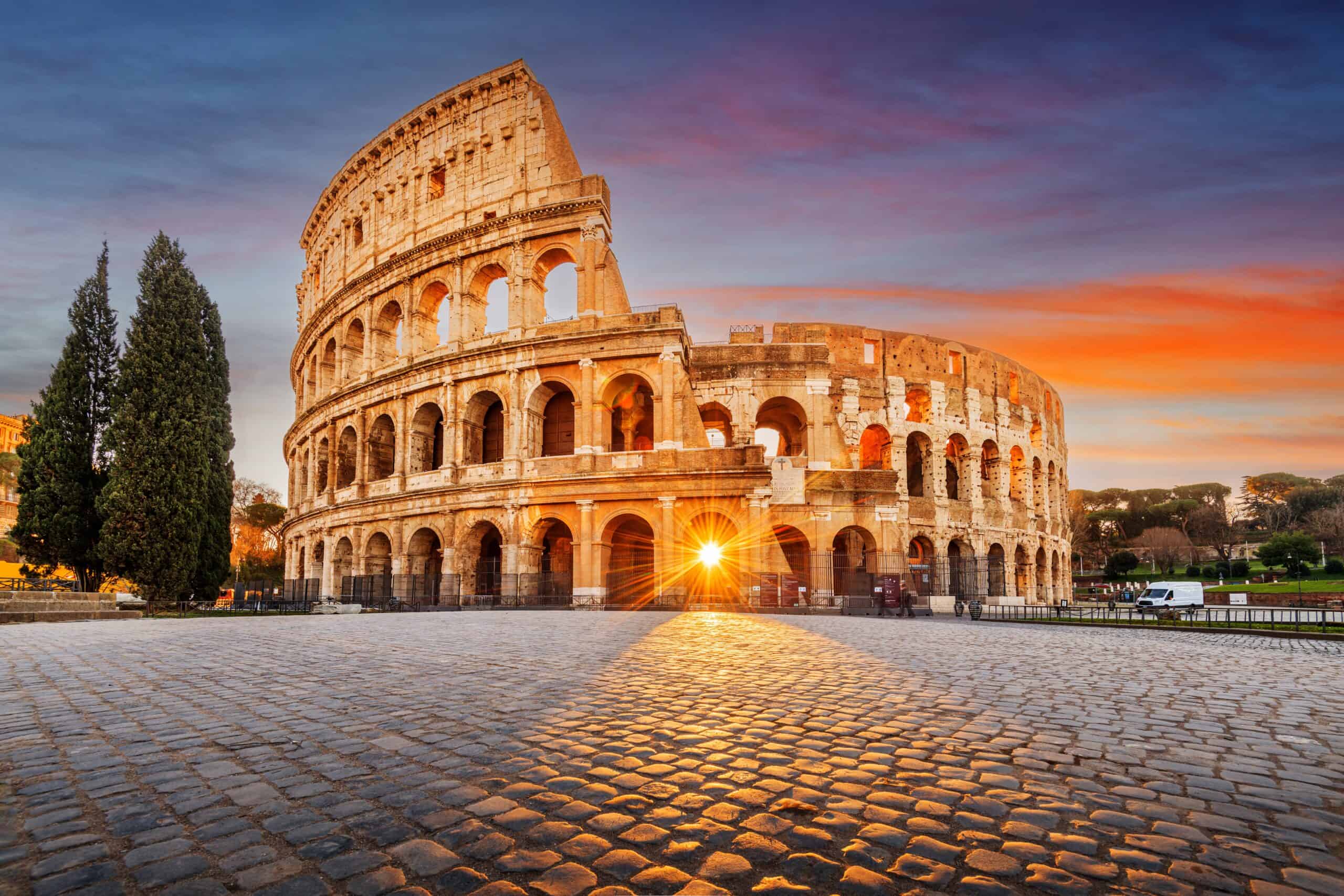
The Colosseum in Rome, an ancient amphitheater, stands as a testament to the grandeur of the Roman Empire. Built from concrete and sand, its massive stone arches and tiers could accommodate up to 80,000 spectators. Gladiatorial contests, public spectacles, and dramas were held here, showcasing the might and culture of ancient Rome. Known for its historical and architectural significance, the Colosseum remains a symbol of Rome’s rich heritage. Despite centuries of wear and natural disasters, this iconic landmark continues to captivate with its storied past.
Statue of Liberty, USA
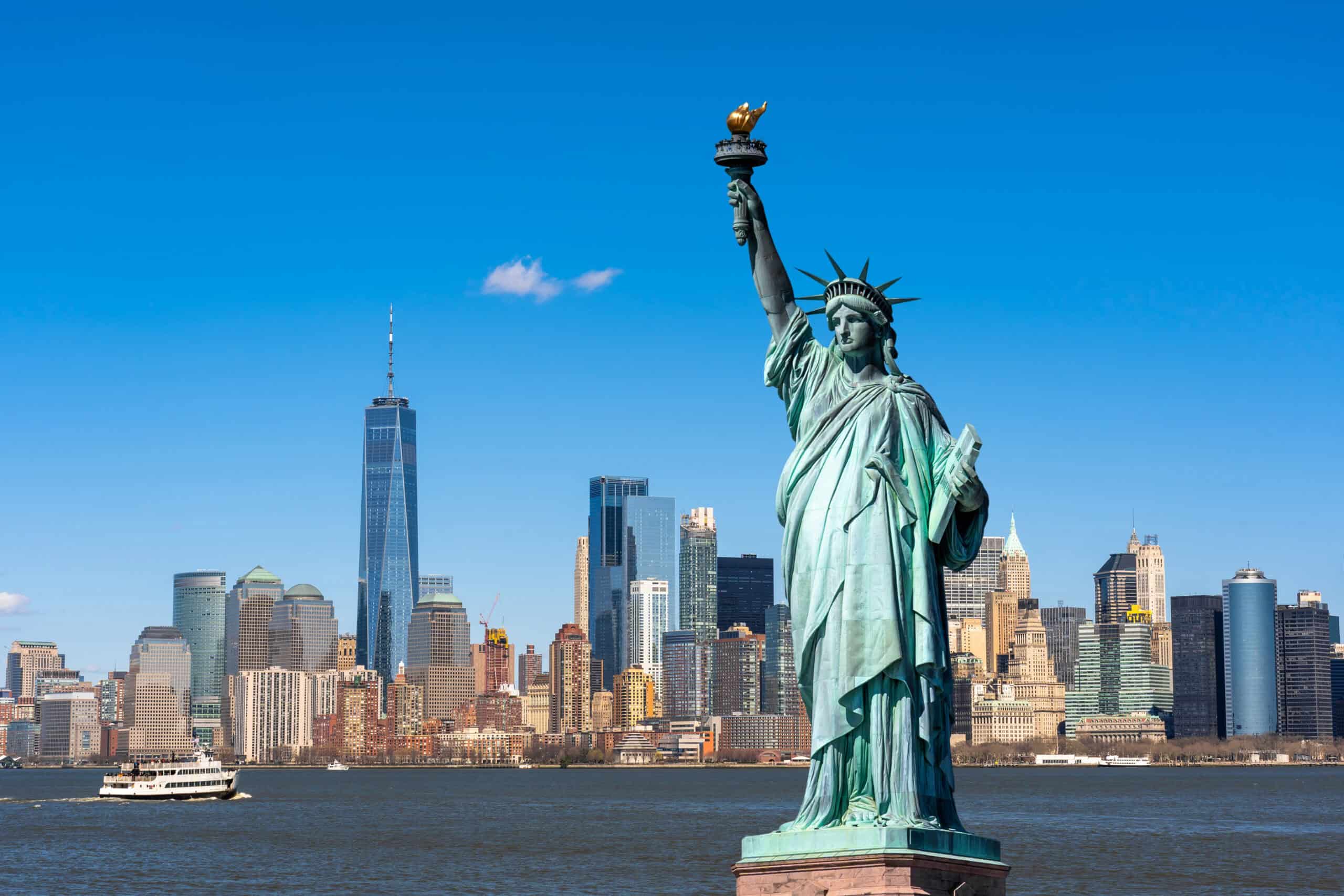
The Statue of Liberty stands proudly on Liberty Island in New York Harbor, symbolizing freedom and democracy. Made of copper, this colossal statue was a gift from France to the United States in 1886. Its green patina, a result of oxidation, adds to its iconic appearance, and the torch she holds aloft serves as a beacon of hope and liberty. People come to admire its grandeur and explore the museum inside the pedestal. This American landmark embodies the enduring values of freedom and opportunity.
Stonehenge, UK

Stonehenge, located in Wiltshire, England, is a prehistoric monument composed of massive standing stones arranged in a circular layout. Each stone, weighing up to 25 tons, was transported from distant quarries, showcasing the ingenuity of its ancient builders. The purpose of Stonehenge remains a mystery, with theories ranging from astronomical observatory to ceremonial site. This ancient site continues to inspire awe and curiosity about its creators and their motivations.
Petra, Jordan
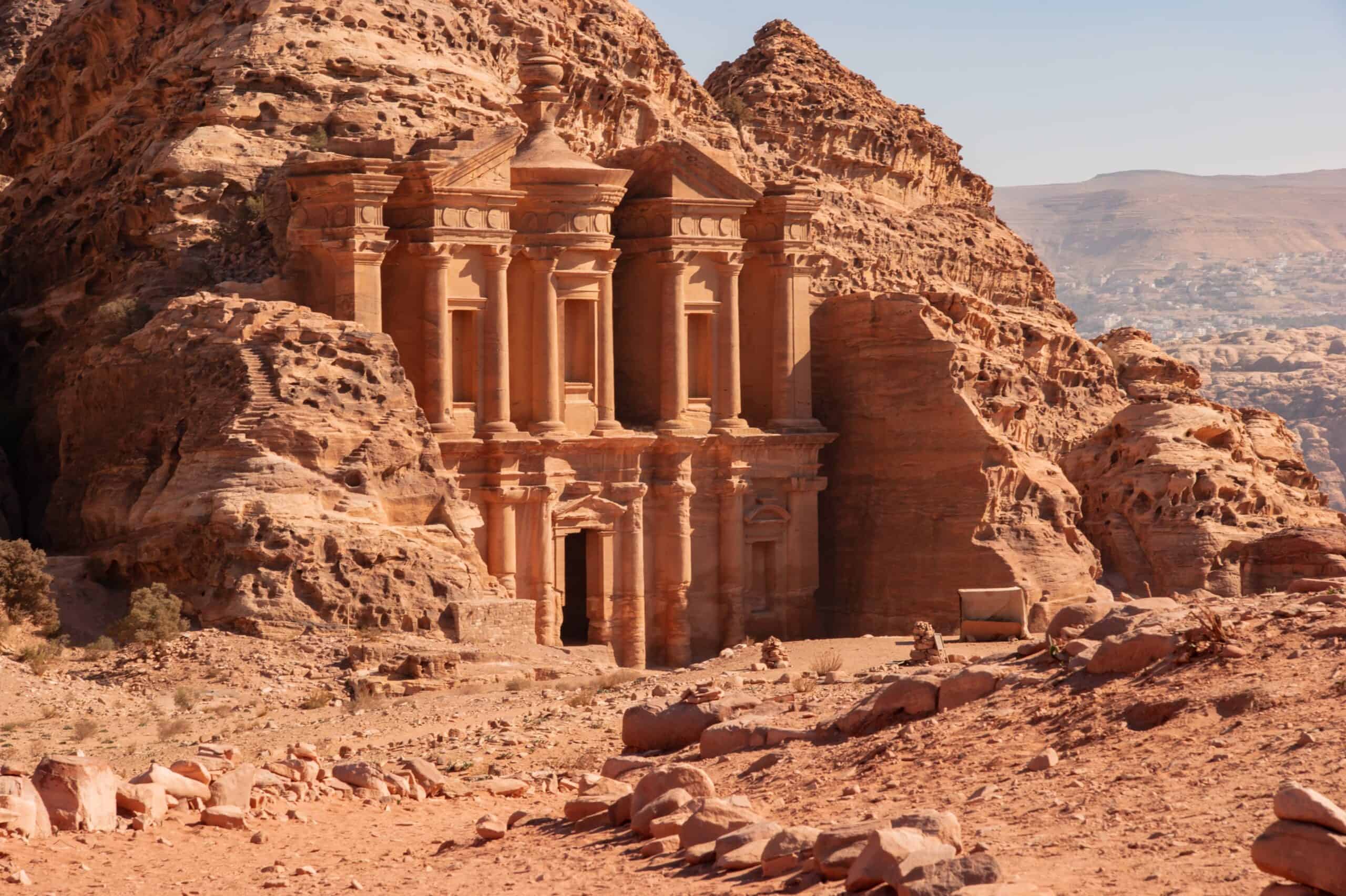
Petra, an ancient city carved into the red sandstone cliffs of southern Jordan, is a marvel of architecture and engineering. The Treasury, with its ornate façade, is the most famous structure, drawing visitors through a narrow gorge called the Siq. The city features elaborate tombs, temples, and a massive amphitheater, all hewn from the vibrant rock. Known for its stunning beauty and historical significance, Petra is a UNESCO World Heritage Site. This archaeological wonder continues to reveal secrets of the past and inspire awe with its grandeur.
Acropolis of Athens, Greece
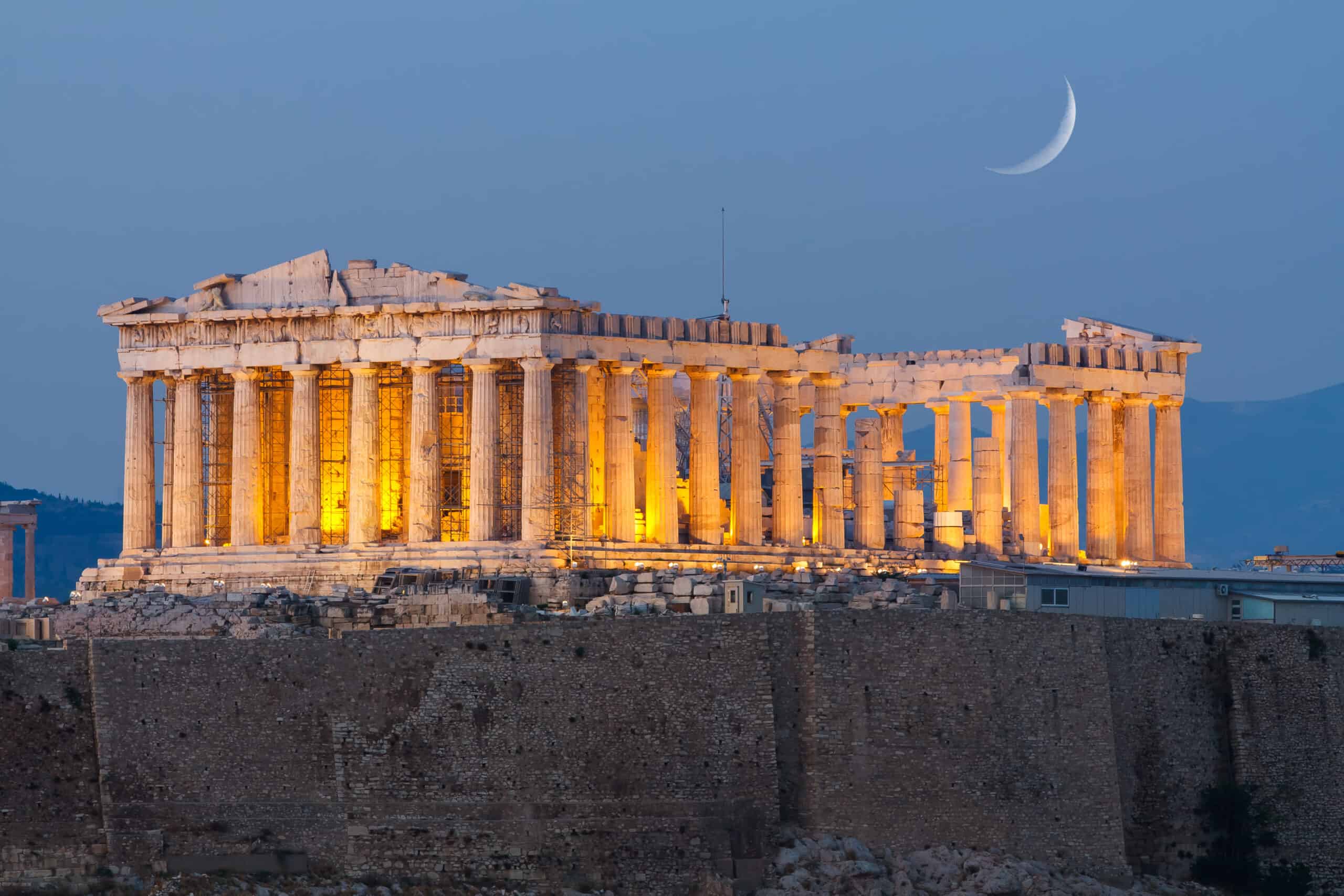
The Acropolis of Athens, perched high on a rocky hill, is a symbol of ancient Greek civilization and architectural brilliance. Dominated by the Parthenon, a temple dedicated to Athena, the Acropolis also includes the Erechtheion and the Temple of Athena Nike. These structures, built from gleaming marble, showcase the pinnacle of classical Greek art and architecture. People come to admire its majestic ruins and panoramic views of Athens. This ancient citadel embodies the legacy of Greek democracy, philosophy, and artistic achievement.
Angkor Wat, Cambodia
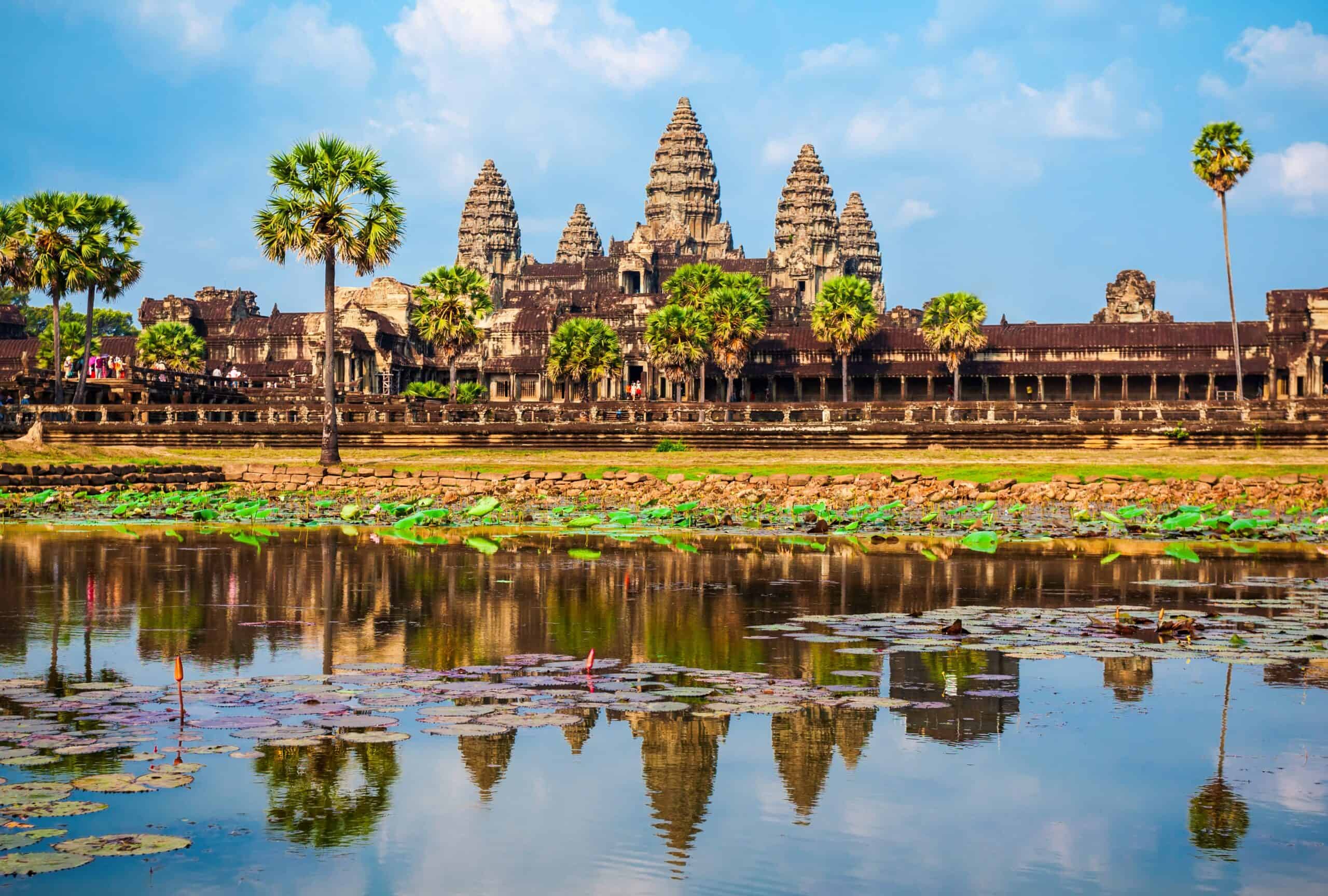
Angkor Wat, the largest religious monument in the world, is a stunning example of Khmer architecture. Located in Siem Reap, Cambodia, it was originally built as a Hindu temple before becoming a Buddhist site. Its intricate bas-reliefs, towering spires, and expansive grounds reflect the grandeur of the Khmer Empire. Tourists explore its labyrinthine corridors and admire the detailed carvings that depict epic tales and deities.
Alhambra, Spain
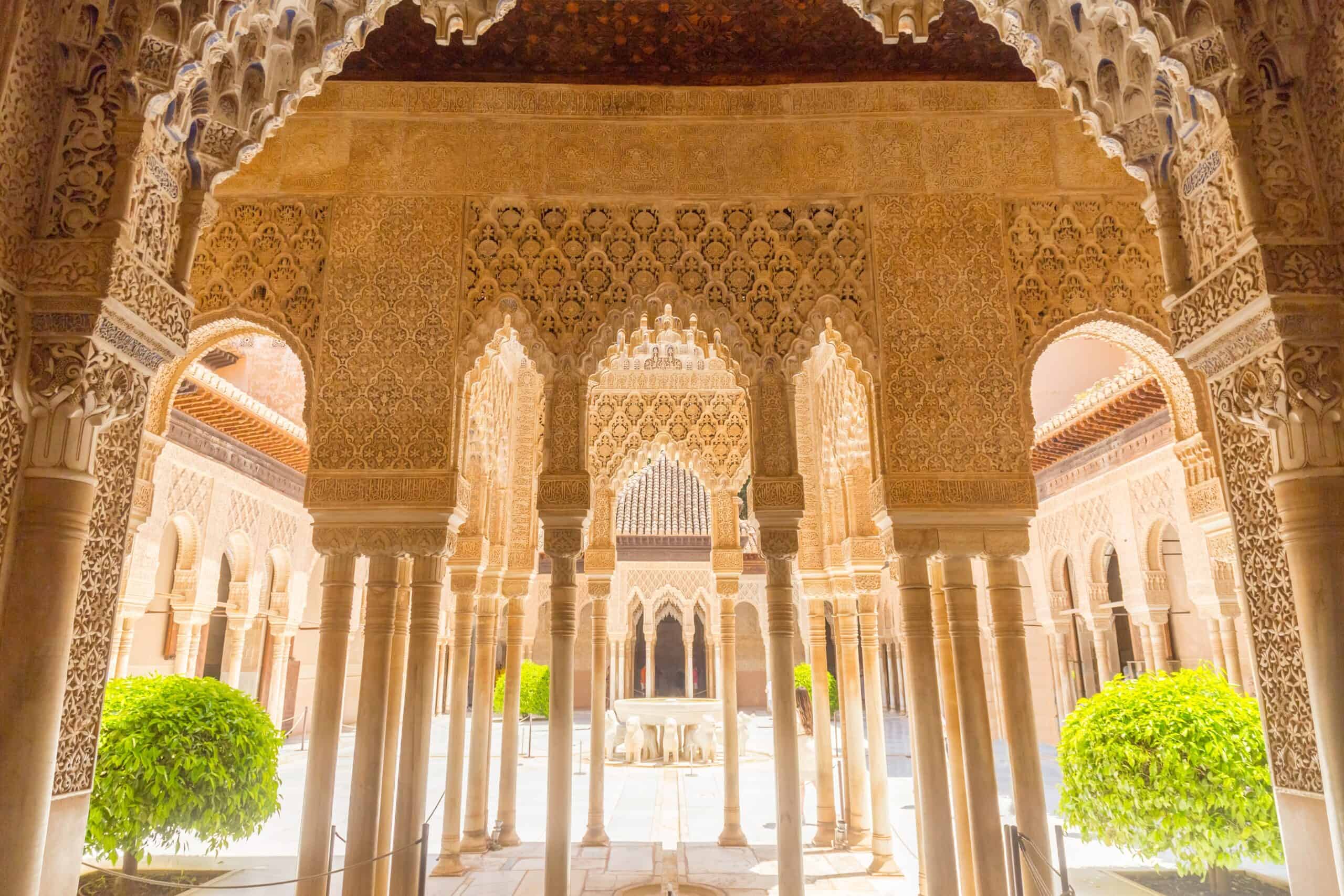
The Alhambra, perched on a hilltop in Granada, Spain, is a magnificent palace and fortress complex. Built by the Nasrid dynasty, its exquisite Islamic architecture features intricate tilework, delicate stucco, and serene courtyards. The Generalife gardens, with their lush greenery and tranquil water features, add to the site’s allure. Celebrated for its artistic and historical significance, the Alhambra is a UNESCO World Heritage Site. This architectural masterpiece showcases the rich cultural legacy of Moorish Spain.
Moai Statues, Easter Island
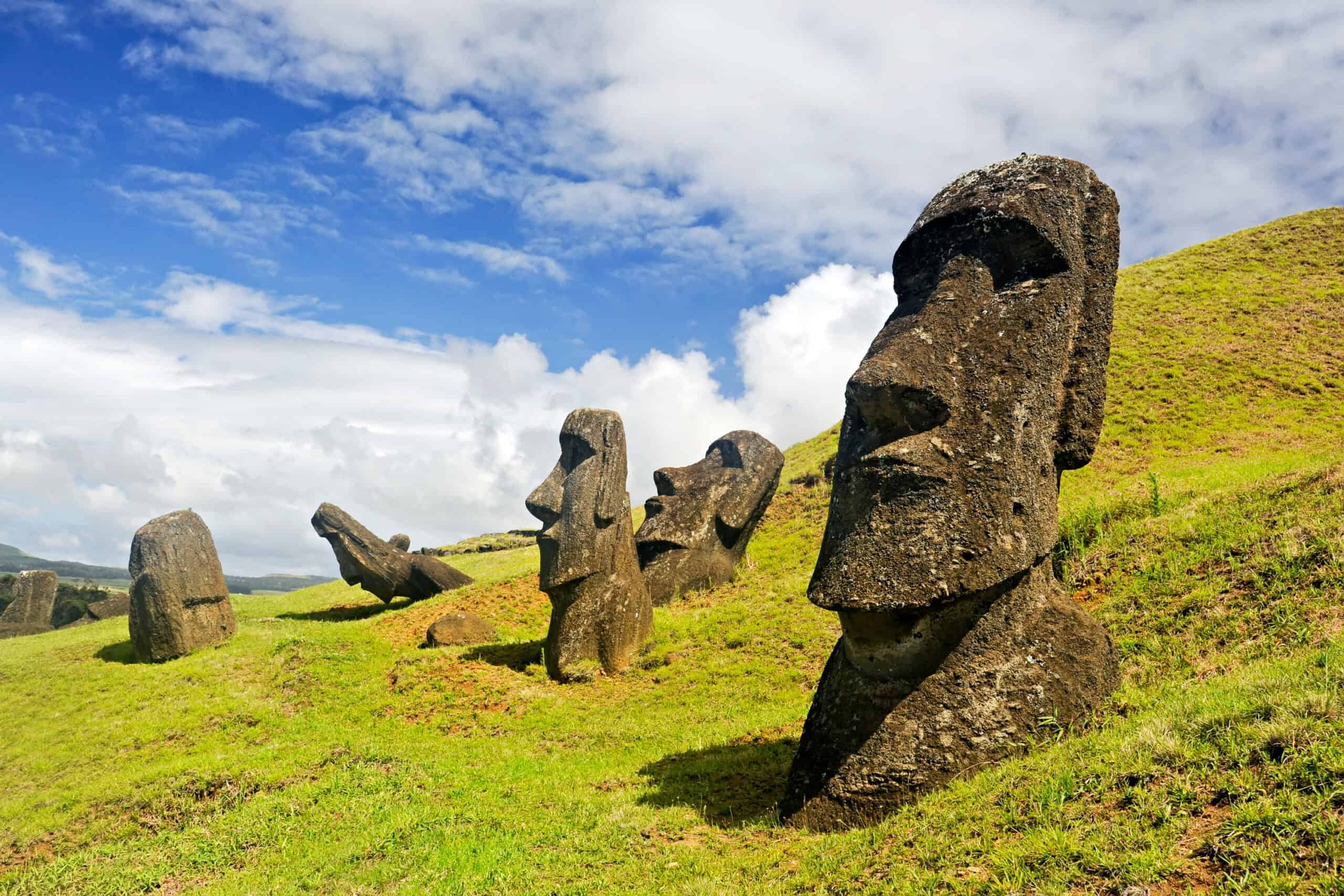
The Moai statues of Easter Island, also known as Rapa Nui, are colossal stone figures carved by the island’s early inhabitants. These monolithic heads, some weighing up to 75 tons, are scattered across the island, standing as silent sentinels. Each statue has distinct features, showcasing the craftsmanship and cultural significance of the Rapa Nui people. Famous for their mysterious origins and imposing presence, the Moai statues intrigue archaeologists and tourists alike. The Moai remain a testament to the ingenuity and spiritual beliefs of the Rapa Nui civilization.
Sydney Opera House, Australia
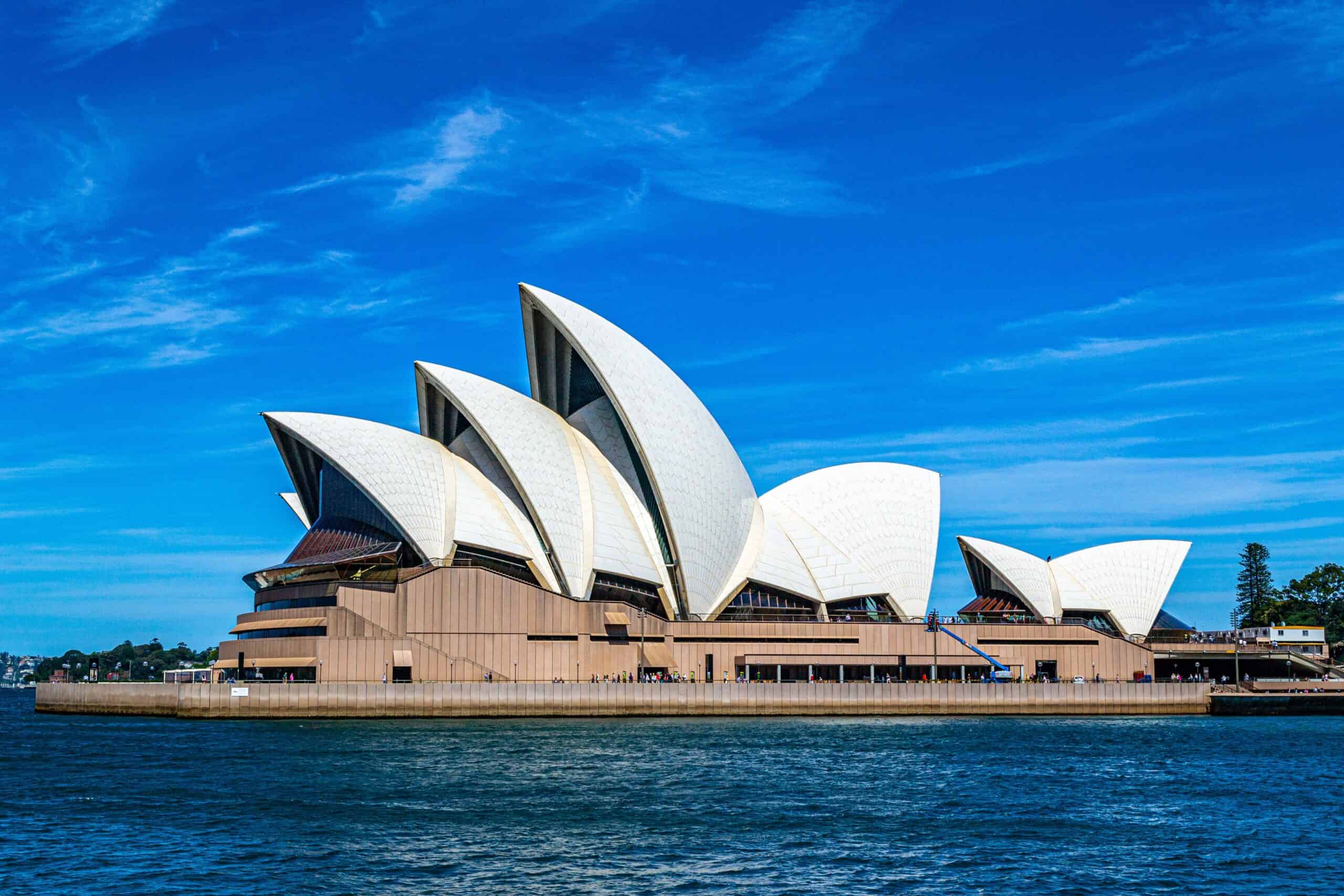
The Sydney Opera House, an architectural masterpiece, graces the shores of Sydney Harbour with its distinctive sail-like design. Constructed from white precast concrete panels, it features multiple performance venues and a striking silhouette against the blue waters. This UNESCO World Heritage Site is renowned for its innovative design and cultural significance, hosting countless performances and events. Celebrated globally, the Opera House is a symbol of modern architecture and Australian creativity.
Christ the Redeemer, Brazil
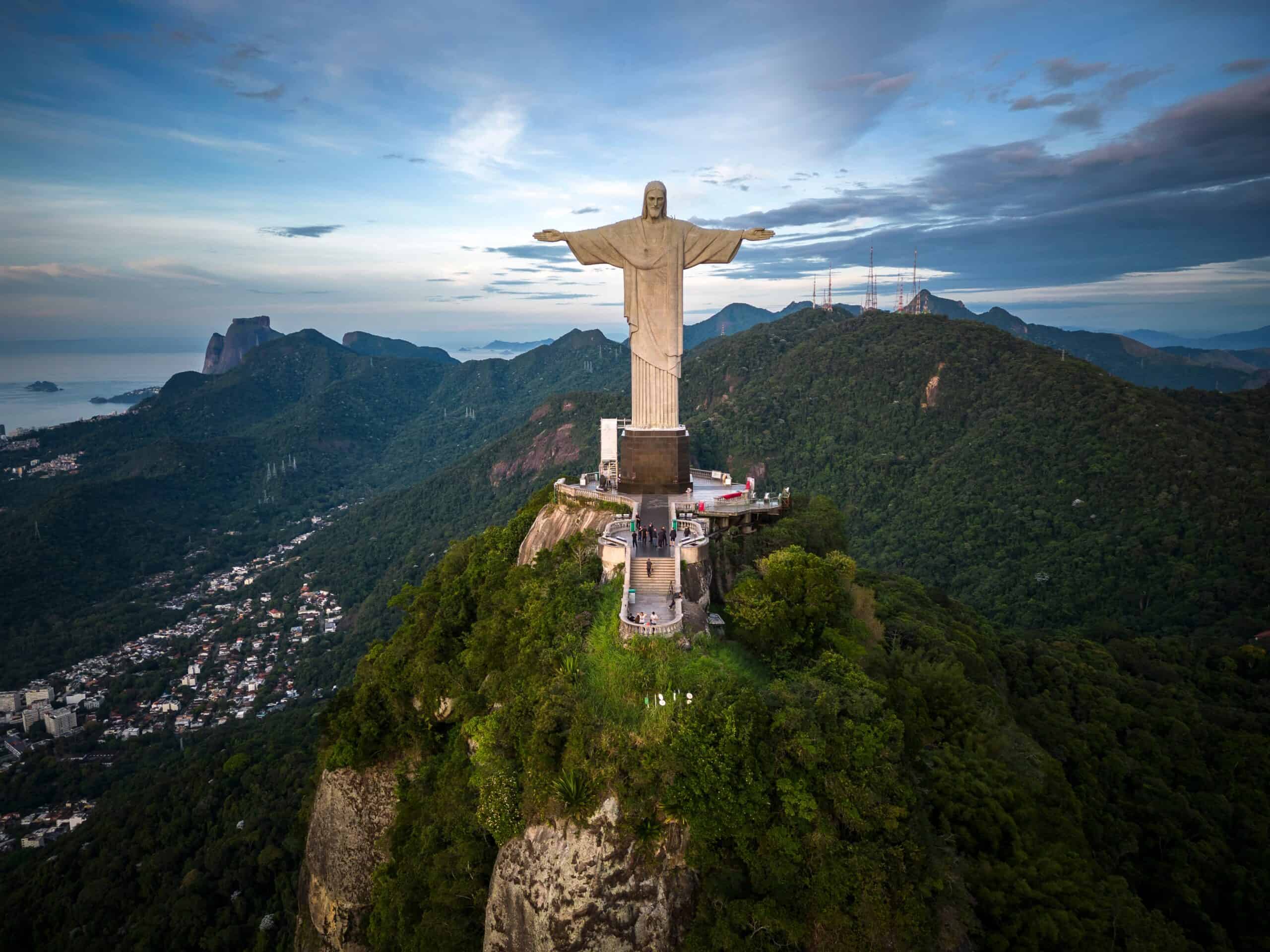
Christ the Redeemer, an iconic statue towering over Rio de Janeiro, Brazil, stands at 98 feet tall atop the Corcovado Mountain. Made from reinforced concrete and soapstone, it depicts Jesus Christ with outstretched arms, symbolizing peace and embracing the city below. The panoramic views from the base of the statue are breathtaking, offering a stunning perspective of Rio’s landscape. It was declared one of the New Seven Wonders of the World in 2007, solidifying its status as a global icon.
This article originally appeared on Rarest.org.
More from Rarest.org
13 Rare Trees from Around the World

Trees are vital to our planet’s health and our well-being. Some trees are so rare that they exist only in small pockets around the world. Read More.
1946 Walking Liberty Half Dollar Value Guide

Are you having difficulty looking for coin guides, especially for the pennies made in the 1940s? No worries! This article guide discusses the more than 70-year-old coin made in history – the 1946 Walking Liberty half dollar value. Read More.
19 Mushroom Types from Edible to Rare Medicinal

Mushrooms are fascinating organisms that come in an incredible variety of shapes, sizes, and flavors. From the common edible varieties that enhance our meals to the rare medicinal species that offer health benefits, mushrooms play a significant role in both culinary and medicinal fields. Read More.
